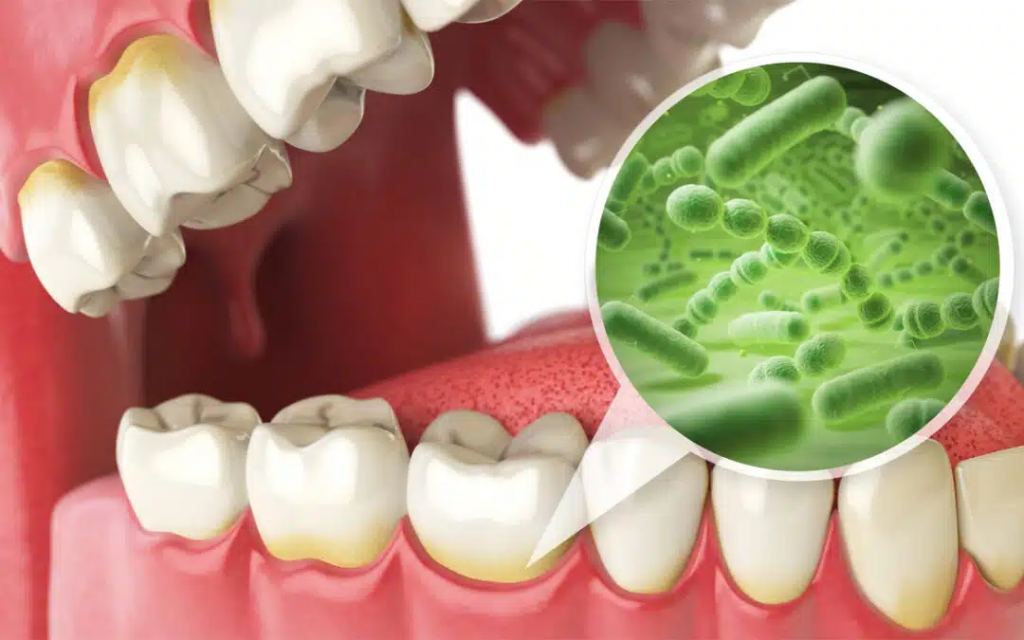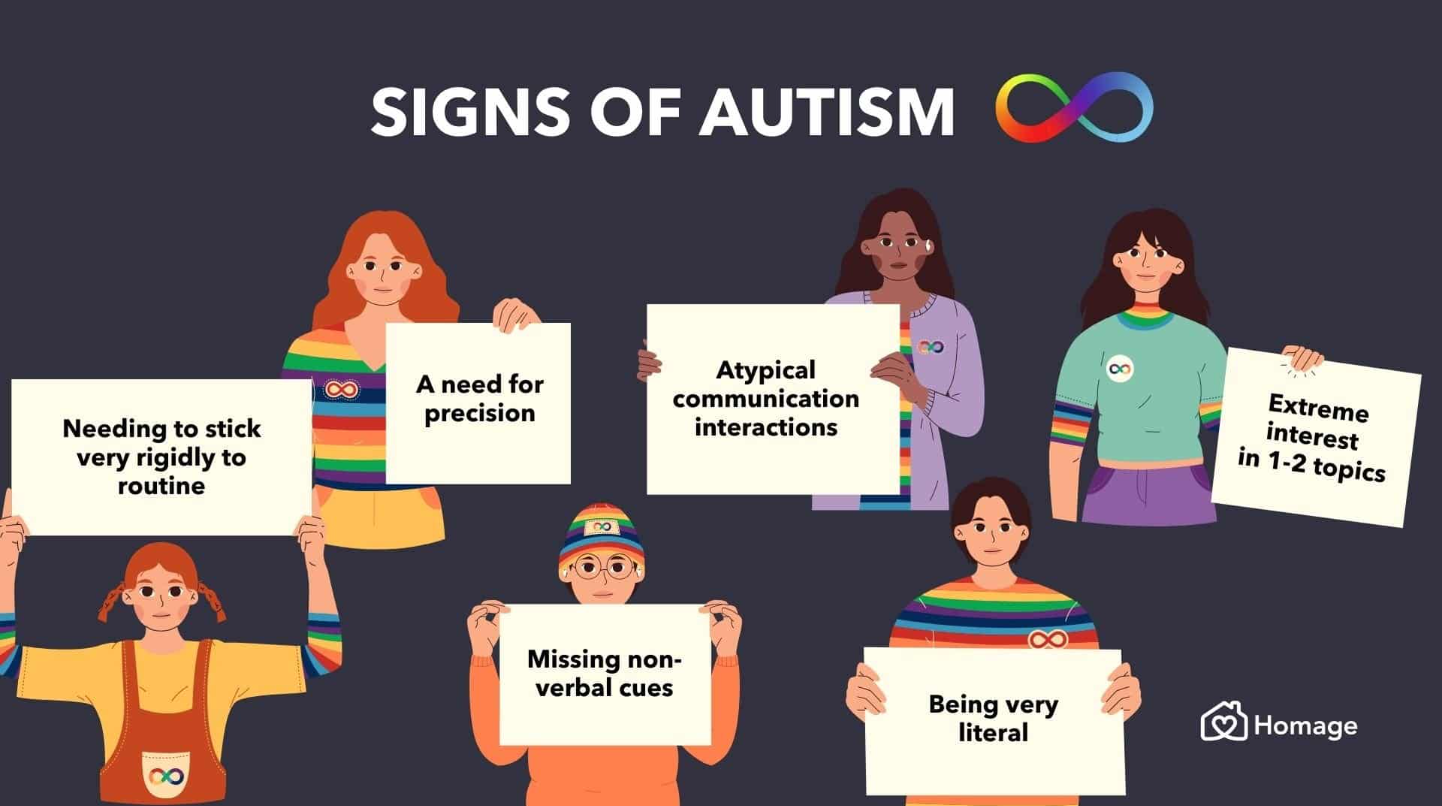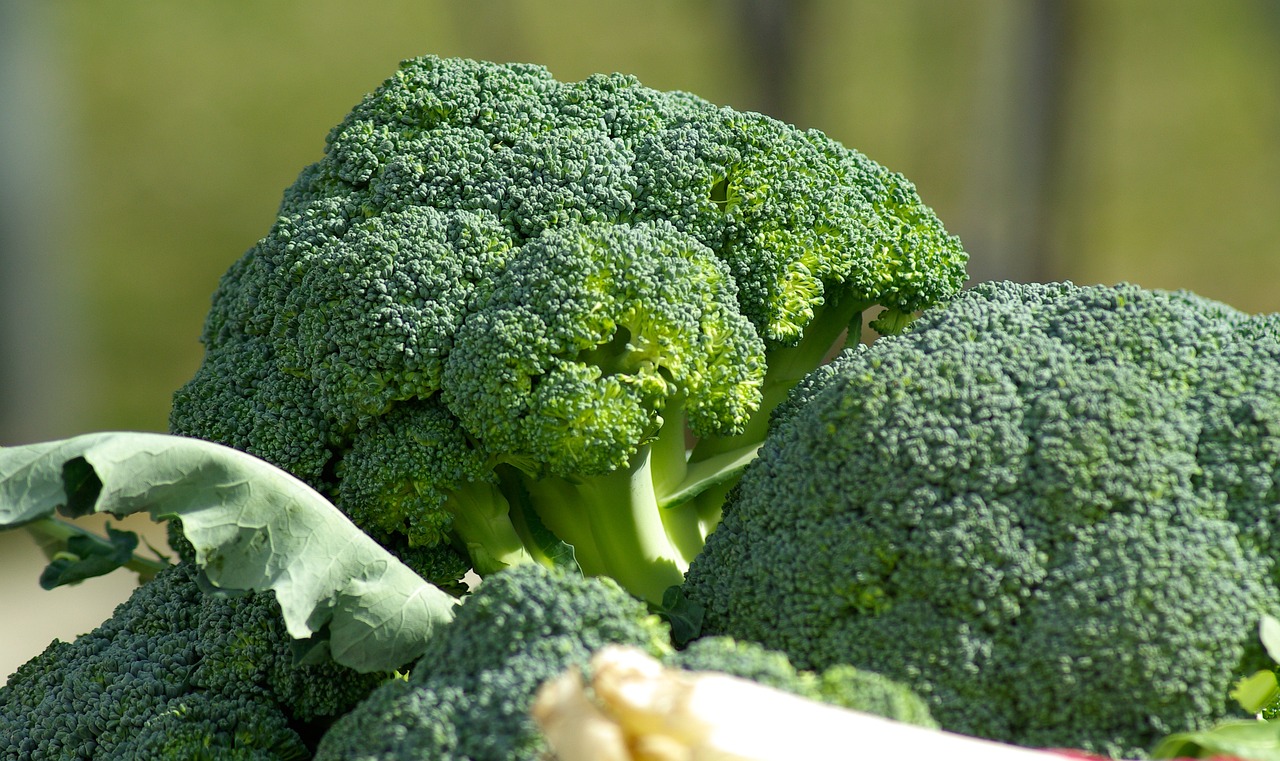Ah, the simple pleasures of life—like sinking your teeth into a juicy steak and feeling that instant burst of happiness. But wait, what’s this? A rogue piece of meat has decided to take up residence between your teeth? Suddenly, the joy of eating turns into a teeth-gnashing frustration. Welcome to the life of a “super food trapper.”

After a hearty meal, your stomach isn’t the only thing that gets filled. Your teeth, particularly those pesky gaps, also get their share of the feast. Most restaurants are kind enough to provide toothpicks, those ancient tools that have been around since the Stone Age (yes, you read that right—1.8 million years ago!). Using the same tools as our ancestors might give you a sense of living a primal life, but is it really the best solution?

Well, the answer is a resounding “meh.” Toothpicks are like trying to scratch an itch through a thick boot. Inevitably, you end up with a red toothpick—a sign that your gums have been compromised. No matter how much you tongue-flick, finger-poke, or toothpick-jab, that stubborn piece of meat remains firmly entrenched, showing a level of determination that would make even the most resolute mountain crumble.
By the end of the day, your gums are swollen, hot, and throbbing. Oddly enough, the discomfort of the trapped food seems to fade. So, where did that old meat strip go?

Your teeth gaps are not just hiding spots for food debris; they are also breeding grounds for bacteria. These bacteria form colonies known as plaque. When a meat strip gets stuck, it’s like sending a gourmet meal to a bacterial feast. The bacteria happily munch away, fermenting and breaking down the meat, strengthening their plaque fortress. This fermentation process also produces acid, which can erode your enamel and lead to cavities.
The toxins produced by the bacteria can inflame your gums, causing that familiar redness, swelling, and pain. If this continues, it can even affect the deeper structures like the jawbone, leading to bone resorption, gum recession, and eventually, loose teeth. Suddenly, what started as a simple annoyance turns into a financial black hole.
So, how do you elegantly and efficiently remove that stubborn meat strip before it becomes a bacterial banquet? Enter the hero of the hour: dental floss.

Dental floss, with its slender 0.5mm diameter, can glide effortlessly into those tight spaces, extracting the meat strip with ease. It’s like a mini excavator for your teeth, a plaque terminator, and a bacteria buster all in one. If you’re someone who enjoys the satisfaction of picking a scab or digging out earwax, then flossing is your new favorite pastime.
Imagine the thrill of pulling out a long-forgotten meat strip and taking a whiff—the satisfaction is off the charts. Trust me, if you haven’t tried flossing yet, do it once, and you’ll be hooked.
But flossing isn’t just about solving the immediate problem of food traps. It also helps to remove tiny food particles and plaque, preventing the formation of tartar and saving your teeth from further damage. In other words, flossing is like investing in your oral health—a surefire way to save money in the long run.
So, next time you find yourself battling a food trap, remember: floss is your friend. It’s the key to keeping your teeth healthy, your gums happy, and your wallet fat. Happy flossing!







Leave a Reply